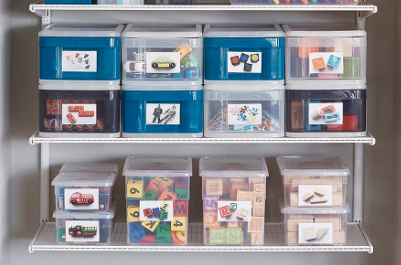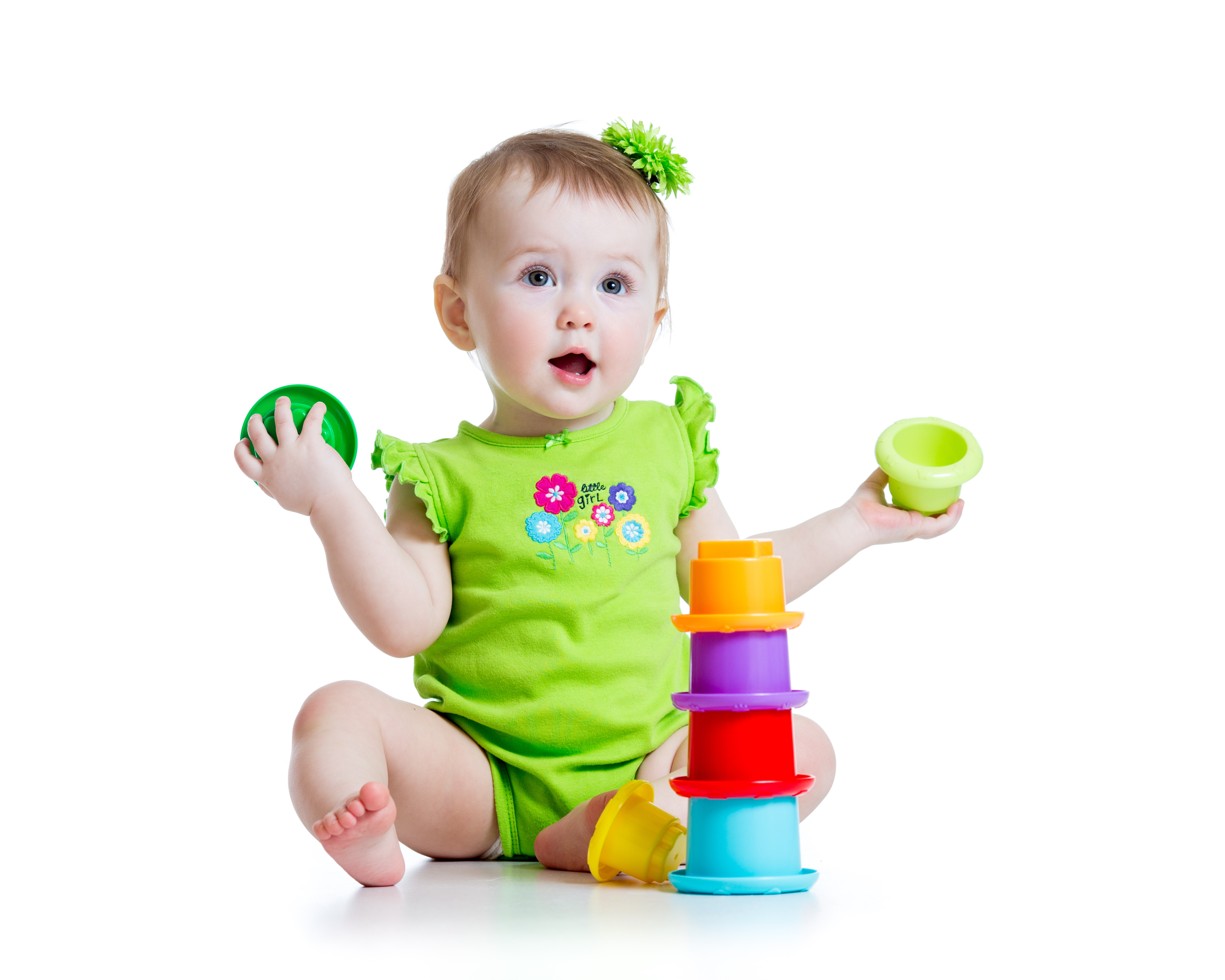The Ultimate Playroom for Speech-Language Development
The Porch, an online resource that delights homeowners who are moving or who are improving the homes they live in, reached out to Kidmunicate for our expert opinion on how to set up a playroom for speech-language development and we were happy to do so.
The article is titled Expert Advice to Design the Ultimate Kids Playroom at Home. They explore the following topics:
- What activities can parents implement for their kids to learn different languages?
- What toys and products can help kids to develop sensorial skills?
- Tips to create a multi-age playroom?
- What are the benefits of coding games for children?
- How can parents choose a developmentally appropriate toy?
- Tips to create an educational playroom?
- What toys help with emotional development?
- Among others
and our topic
-
Tips to set up a playroom for speech-language development, especially for children who struggle with a speech disorder?
We recommend
- Using clear bins
- Clear bins that are hard to open or out of reach will foster communications in the form of requests. Use these opportunities to teach your child to look to you and ask for help. Use the bin labels and say “help”, “open”, “blocks” etc.
- Organizing toys by categories (animals, building blocks, cars, dolls, food, etc.)
- Limiting the number of items in each bin
- Rotating the availability of toys in and out occasionally
- Labeling each clear bin with two laminated cards secured with Velcro
- One card with a picture of the type of items in the bin
- One card with a word that describes the items.
- When playing with your child put the cards up to your mouth while you say the word for the child.
- Have your child match the pictures and words to the appropriate bins.
- Be deliberate and repeated use of words (spoken and written) and pictures during playtime will enhance your child’s communication skills.
Here is a great example we found on a containerstore.com

Additional Tips for Playtime and Speech-Langauge Development
Playing will activate your child’s imagination, expand their understanding of the world around them and help them develop their expressive (talking) and receptive (listening / understanding) language skills. Here is some expert advice from our speech pathologists.
Follow these additional tips for playtime and speech-language development.
- Select toys based on developmental age, not chronological age.
- Buy toys that encourage a wide variety of vocabulary words. (Animals, colors, body parts, clothing, numbers, food, etc.) to promote play that is rich in language.
- Encourage language-rich play with your child every day because his or her brain is developing every day.
- It’s ok to play with the same toy or game over and over again, the repetition will help but consider rotating available toys to continue to expose your child to new words.
- Language is more than vocabulary. During play, demonstrate the function and context of words. Memorizing words is good, using them is better. Encourage the following:
- Asking
- Showing
- Describing
- Sharing
- Emoting (showing emotions)
- Commenting
- Problem-solving
- Sequencing
- Socializing (taking turns and collaborating)
- Doing (feeding, dressing, walking, jumping, etc.)
- Using prepositions (in, out, over, under, etc.)
- Words are important, but making all kinds of sounds, like a cow mooing or a car revving, is helpful too.
- Ask lots of questions while playing with your child.
- Use role-playing to relate the toys to them.
- Baby Doll “The baby doll has blue eyes like you do.”
- Farm Set: “This cow makes this “mooing” sound. Can you moo like a cow?”
- Kitchen Set: “This is your favorite food, orange carrots.”
- While role-playing, pause often to let them fill in the words. (Emphasize trouble sounds)
- Emphasize sounds or syllables that your child may be struggling with. “This school bus stops at the store.”
- Ask your child questions about the sounds they struggle with. “What sound does this – pointing to a baby – start with?”
- Look for toys with larger pieces for children under 3 to reduce choking hazards.
- Theme-based toys, like farm sets, are great for building vocabulary, but also include toys, like basic building blocks or Playdoh, that require some imagination. Sometimes toys that do less, can help language development more.
- Music and art both have many benefits for language building.
- Make sure that you include some sensory play.
Toys are great for speech-language Development, but books are super helpful too.
A benefit of toys for speech-language development is that a child can see, feel and sometimes hear the words come to life, but books are a critical tool too, Combine toys and books for rich speech-language development. We published the top 100 children’s books for speech and language development. We organized the book list by sounds and categories so that you could select books that emphasize sounds that your child might need to practice. For example, if your child is having a problem making the /s/ sound or /l/ sound correctly, then you can select books that emphasize those sounds like Stella’s Starliner and Lovable Lyle the Crocodile.

